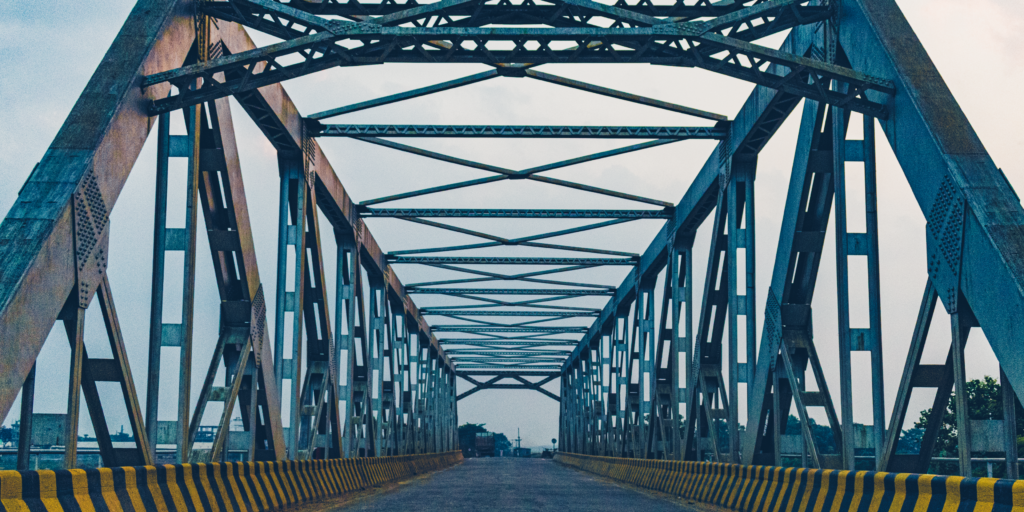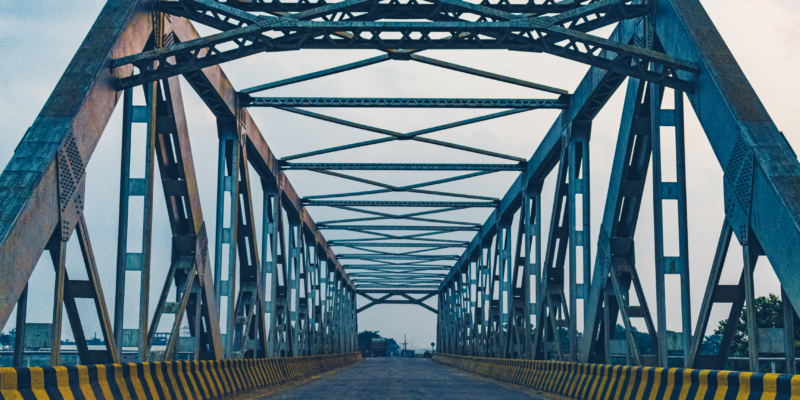
On March 26th, we were shocked as we watched footage of the Francis Scott Key bridge, an iconic Baltimore structure, fall after it was hit by a cargo ship.
Bridges like the Key Bridge stand as remarkable feats of engineering, connecting communities, facilitating commerce, and enabling travel. After this tragic accident, which caused the deaths of six construction workers who had been working on the bridge, it’s crucial to understand the safety mechanisms in place to prevent such occurrences and safeguard the integrity of our vital infrastructure. Bridge construction and maintenance entails careful planning and execution to ensure safety for both workers, the public, and the integrity of our vital infrastructure.
The Francis Key Bridge Incident
March 26th was not the first time the Key Bridge collapsed. In 1973, it experienced a catastrophic collapse during its construction phase. The incident resulted in fatalities and raised significant concerns about bridge safety protocols. Investigations revealed design flaws and construction errors as contributing factors, prompting a reevaluation of safety standards and practices in bridge engineering.
Safety Mechanisms in Bridge Construction and Maintenance:
Rigorous Design and Engineering
Before construction begins, bridges undergo meticulous design and engineering processes. Experienced professionals utilize advanced modeling techniques and structural analysis to ensure that bridges can withstand various loads and environmental conditions.
Quality Materials and Construction Practices
The use of high-quality materials and adherence to industry best practices are paramount in bridge construction. Skilled labor and rigorous quality control measures help minimize the risk of structural defects and weaknesses that could compromise safety.
Regular Inspections and Maintenance
Bridges require regular inspections and maintenance to identify potential issues before they escalate. Inspection protocols involve visual assessments, non-destructive testing, and structural monitoring to detect signs of deterioration, corrosion, or damage.
Advanced Technologies
The integration of advanced technologies enhances safety in bridge construction and maintenance. Drones, sensors, and remote monitoring systems provide valuable data for assessing structural health, detecting anomalies, and prioritizing maintenance efforts.
Training and Safety Protocols
Workers involved in bridge construction and maintenance undergo comprehensive training on safety protocols and procedures. Emphasis is placed on hazard awareness, fall prevention, equipment operation, and emergency response to mitigate risks and ensure a safe working environment.
Collaboration and Oversight
Collaboration among engineers, contractors, government agencies, and regulatory bodies is essential for ensuring compliance with safety standards and regulations. Oversight mechanisms, including permits, inspections, and regulatory audits, help enforce accountability and prevent lapses in safety practices.
The bridge engineering community continues to refine safety practices and implement measures to prevent accidents and keep its users safe. Continuous research, innovation, and knowledge sharing contribute to the development of safer bridge designs, construction methods, and maintenance strategies. Ensuring their safety requires a multifaceted approach that encompasses rigorous design, quality construction, regular maintenance, advanced technologies, and comprehensive safety protocols. By prioritizing safety in bridge construction and maintenance, we can preserve the integrity of our infrastructure and protect the well-being of all who rely on these critical structures.
While we aren’t in the bridge building business, Steadfast Entities, LLC, is proud to prioritize safety. Whether it’s by providing state of the art equipment, or connecting you with highly trained staff from IUOE Local 542, we have the best tools and the best people to help you get the job done safely, quickly and well. Contact us today to find out how we can help you on your next project!

